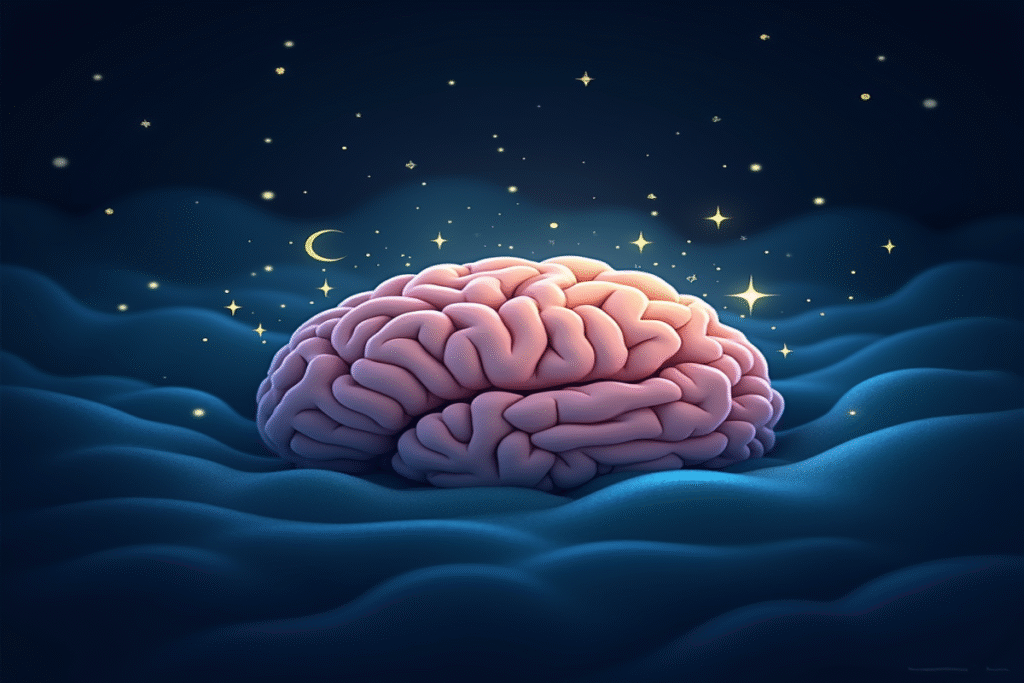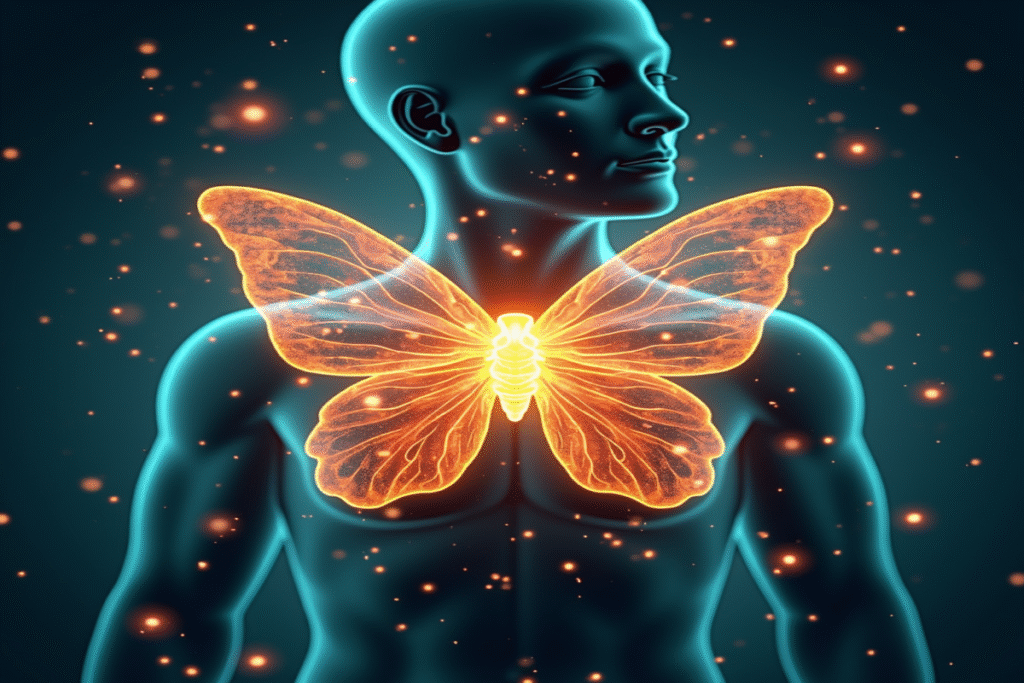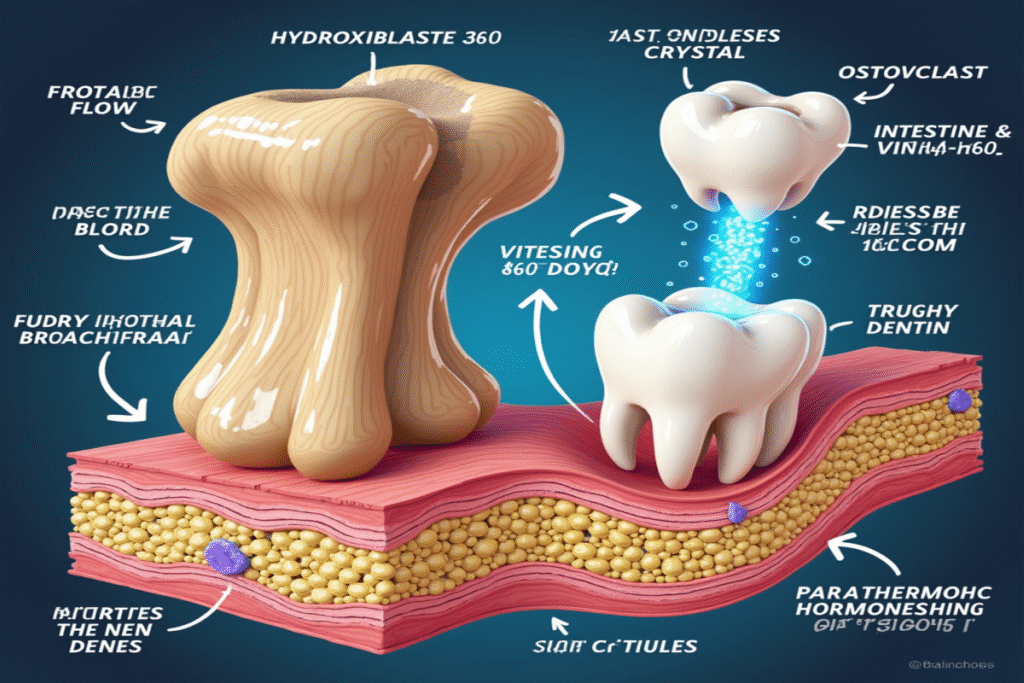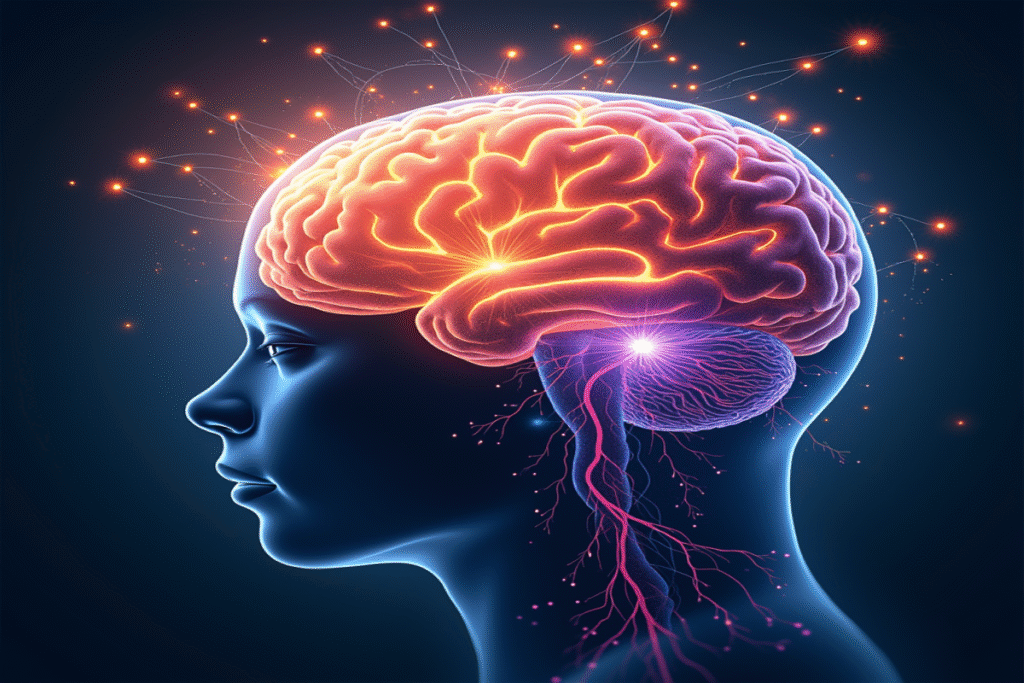Ever wondered how that bowl of pasta transforms into the energy that powers your thoughts and movements? The journey from fork to fuel is an incredible biochemical adventure happening inside you right now. Let’s dive into the fascinating world of cellular metabolism – where your body performs chemistry so complex it would make Nobel laureates applaud.
The Carbohydrate Family: Simple and Complex
Carbohydrates come in various forms – from simple sugars in fruits to complex starches in bread and pasta. Whether you’re enjoying a banana or a bagel, your digestive system’s ultimate goal is the same: break everything down to simple glucose molecules, the preferred energy currency of your cells.
Did you know? Your brain alone consumes about 120 grams of glucose daily – approximately 480 calories just for thinking! That’s roughly 20% of your body’s energy budget.
The Digestive Breakdown
The transformation begins the moment carbohydrates enter your mouth. Your saliva contains amylase, an enzyme that immediately starts breaking down starches. As food travels through your digestive tract, more specialized enzymes join in:
- Pancreatic amylase continues breaking complex carbs into smaller chains
- Maltase, sucrase, and lactase in your small intestine dismantle different sugars into their simplest forms
This molecular disassembly transforms your morning oatmeal into a solution of simple glucose molecules ready for absorption through your intestinal wall into your bloodstream.
The Glucose Highway
Once in your bloodstream, glucose begins its journey throughout your body. Here’s where things get truly remarkable – your pancreas detects rising glucose levels and releases insulin, the “key” that unlocks your cells to allow glucose entry.
Without insulin, glucose would remain trapped in your bloodstream – like having a car with a full tank of gas but no ignition key. This is what happens in diabetes, where insulin production or sensitivity is compromised.
The Muscle Connection
Your muscles have a special relationship with carbohydrates. They contain their own glucose storage system called glycogen – think of it as your body’s energy reserve. An average person stores about 400 grams of muscle glycogen, enough to fuel about 90 minutes of intense exercise.
During exercise, these glycogen stores are rapidly converted back to glucose through a process called glycogenolysis – a testament to your body’s demand-based energy system.
The Cellular Power Plants
Once glucose enters your cells, the real magic happens. Through a series of precisely choreographed chemical reactions, your cells extract the energy stored in glucose’s chemical bonds:
- Glycolysis: Occurring in the cell’s cytoplasm, this process splits glucose into two pyruvate molecules, producing a small amount of ATP (adenosine triphosphate – your body’s energy currency) and NADH (a carrier of electrons).
- The Krebs Cycle: Inside the mitochondria – your cellular power plants – pyruvate is further processed in a series of reactions, generating more ATP, NADH, and FADH2.
- Electron Transport Chain: The grand finale, where electrons from NADH and FADH2 flow through a series of protein complexes in the mitochondrial membrane, creating a proton gradient that drives ATP production.
This complete process is amazingly efficient – one glucose molecule can generate up to 36 ATP molecules. If we could visualize this energy production, all the mitochondria in your body working together would generate enough power to light a small bulb.
Brain Fuel: The Cognitive Connection
Your brain is particularly picky about its fuel source. Unlike muscles, which can use alternative fuels like fatty acids, your brain typically demands glucose. This glucose dependency makes your brain especially vulnerable to low blood sugar (hypoglycemia), which can impair thinking and focus within minutes.
In emergencies or during prolonged fasting, your brain can adapt to using ketones (produced from fat breakdown) for energy, but glucose remains its preferred fuel source. This is why you might feel irritable or have trouble concentrating when you’re hungry – your brain is literally running low on fuel.
The Athletic Edge
Athletes have a particularly interesting relationship with carbohydrate metabolism. During high-intensity exercise, muscles can use glucose up to 20 times faster than at rest. This rapid consumption is why “carb-loading” before endurance events can improve performance – by maximizing those glycogen reserves.
Fascinatingly, your muscles can metabolize glucose in two ways:
- Aerobically (with oxygen): The complete, efficient process described above
- Anaerobically (without sufficient oxygen): A faster but less efficient process that produces lactic acid as a byproduct – responsible for that burning sensation during intense exercise
The Evolutionary Marvel
Perhaps most remarkable is that this glucose metabolism pathway evolved over 3.5 billion years ago and remains virtually identical across all aerobic life forms. The glycolytic pathway functioning in your cells right now is fundamentally the same as in a mushroom or a maple tree – a testament to evolution finding an optimal solution and sticking with it.
This intricate metabolic dance happening inside you – transforming a simple sugar molecule into the energy that powers every thought, heartbeat, and movement – represents one of nature’s most elegant engineering achievements. Your body performs this molecular magic trillions of times daily, without you ever having to think about it.
Next time you enjoy a carbohydrate-rich meal, take a moment to appreciate the extraordinary cellular machinery that will transform that food into the very essence of your physical and mental activity – a remarkable process that keeps you thinking, moving, and living.





